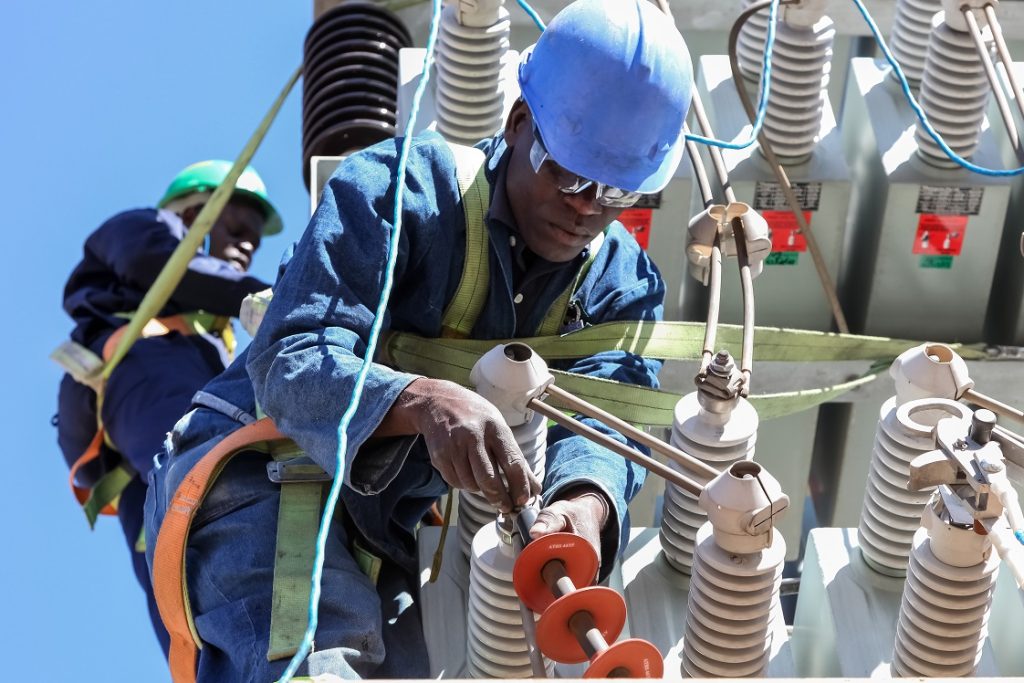Yes, Tanesco is at catch-22, a term coined by Joseph Heller, who adopted it as a title of his 1961 novel, logically referring to a difficult situation in which the solution to a problem is impossible because it is also the cause of the problem: you can’t get people without funding, but you can’t get financing without the people there in the first place.
That’s how I see the problem of power rationing in Tanzania from where I sit in the darkness of my study room, lightly illuminated by two candles. At the same time, I try to compose my opinions that form this article. In this poorly lit room, I kept reflecting on how President Samia Suluhu’s ultimatum would end power rationing in the country.
The president challenged the new Tanesco Executive Director Engineer Gissima Nyamo Hanga to ensure the electricity crisis is resolved in six months, this means come March 2024, power rationing in Tanzania will be shut behind iron doors in the strong room of history.
But if my memory serves me well, the rationing was meant to be a thing of the past long before the end of the end of the fourth phase tenure in 2015. In 2012, Tanzania’s $1.225 billion project was expected to solve the nation’s power shortage. The project, financed through a loan from China’s Exim Bank, was expected to generate 990 megawatts on its completion in 2014; under construction by China National Petroleum Corporation, the project involved laying a 500km pipeline and constructing infrastructure to generate electricity from gas.
President Jakaya Kikwete then launched the construction of Mnazi Bay and Songosongo Natural Gas processing plant and a transportation pipeline. He directed the Tanzania Electric Supply Company (Tanesco) to start building the power processing plants.
On the inauguration of what was termed Tanzania’s most expensive project ever, the Minister for Energy and Minerals Sospeter Muhongo said the electricity will be generated using four generators — two with a capacity to generate 300MW each, and two to generate 150MW and 240MW respectively, that by 2015, the plant will be generating 2,785MW out of the targeted 3000MW.
“This will not be very far from the target of 3000MW. This milestone achievement translates into the end of power shortages, and instead, the country will become an exporter of electricity,” said Mr Muhongo. Eight years down the lane, we are back to square one.
In a campaign rally in Dar es Salaam on 21st October 2015, the ruling CCM candidate John Magufuli said state power company employees were draining dams at night to cut electricity supply to benefit from fuel import deals for emergency power.
“This sabotage creates power shortages so that they can import fuel for power generation… That’s where some dishonest employees of the state power company get their kickbacks,” he said and promised, “I will end the ongoing power blackouts when elected president … I want to become president, so I change the way things are done.” Even during his presidency, he kept pointing fingers at state power entity officials for sabotage.
Again, in February this year, the former Tanesco executive director Maharage Chande said the state of electricity availability in the country is improving, compared with the average electricity shortage of 200 MW to 300 MW from September to December 2022.
“The reasons that caused the lack of electricity were three: the lack of sufficient rains that caused a drop in electricity production, an increase in the use of electricity in the country from 6 to 11 per cent as well as maintenance of our plants,” Chande was quoted saying.
In the bid to strengthen the electricity situation in the country, the ex-director said in a short-term plan that electricity availability has improved due to the completion of work at several natural gas plants, as well as the completion of a 50 MW unit at the 204 MW Kidatu hydroelectric plant, this coupled with the autumn rains which he said have helped reduce the severity of the electricity shortage.
In the medium-term plan, Tanesco planned to conduct tests of one existing unit at the Ubungo III gas-fired station, and one team in the Kinyerezi I expansion station will start producing electricity, all of which were meant to be completed by the end of February 2023.
“After the completion of all these plans, the total electricity production will have reached 1900 MW, where we believe that it will reduce the issue of electricity shortage in the country,” said Chande.
The series of events and promises at the national power entity is more confusing than the rationing itself because wananchi needs power. However, rhetoric from the people supposed to bring solutions to power rationing isn’t helping; instead, it makes people even more bitter.
As a nation, we need consistent and attainable programs to bring to an end; as of now, almost all indicators point to the same results – failing, as it has always been.
We had been aware of the hydropower challenges for years, but we were and still are not ready to find lasting solutions. We keep hitting around the bush as the problem extends its tentacles to all walks of life. People wouldn’t get power by keeping attributing the sources of rationing unacceptable excuses.
Let’s face the real problem scientifically and do away with the political rhetoric. Whether sabotage, poor planning, maintenance or incompetence, all these have their solutions. Let’s face the facts and address the real problem for good. What people want is “umeme“, not unkempt promises.
Also Read: TPDC & TANESCO Collaboration: A Sustainable Powerhouse for Tanzania’s Future

